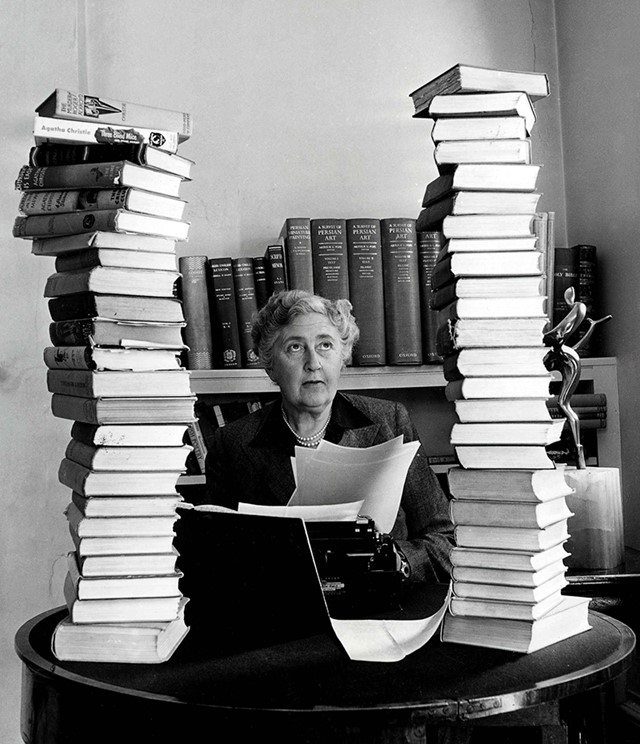On the anniversary of her death, we reveal twenty things you might not know about doyenne of crime fiction, Agatha Christie
Dylan Thomas once declared, "Poetry is not the most important thing in life... I'd much rather lie in a hot bath reading Agatha Christie and sucking sweets.” And in the midst of a typically cold and dreary January, we're rather inclined to agree.
Christie's legacy is remarkable – she is thought to have sold more books than any other fiction writer, with the possible exception of Shakespeare; her works have been translated into 103 languages, making her the most translated author to date; and she is the only crime novelist to have achieved equal and international fame as a dramatist. Moreover, her work is just as popular and enthralling today as it ever was – The Mousetrap remains the longest running West End play, while the continuous stream of Poirot and Miss Marple television reruns prove that a brilliantly written murder mystery never grows old.
Today marks the 39th anniversary of the great Dame's death, and so, in celebration of her incredible life, we present twenty things you might not know about Christie.
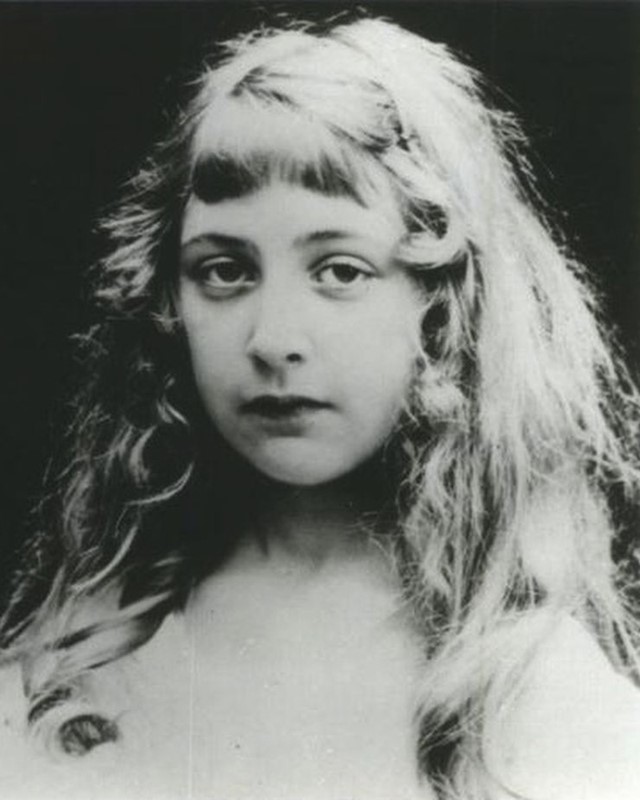
1. In her early years, Christie didn't go to school but was educated at home by her mother and various governesses.
2. She wrote her first book as the result of a challenge from her sister, Madge.
3. In her late teens she studied to be a classical musician but was too nervous to perform.
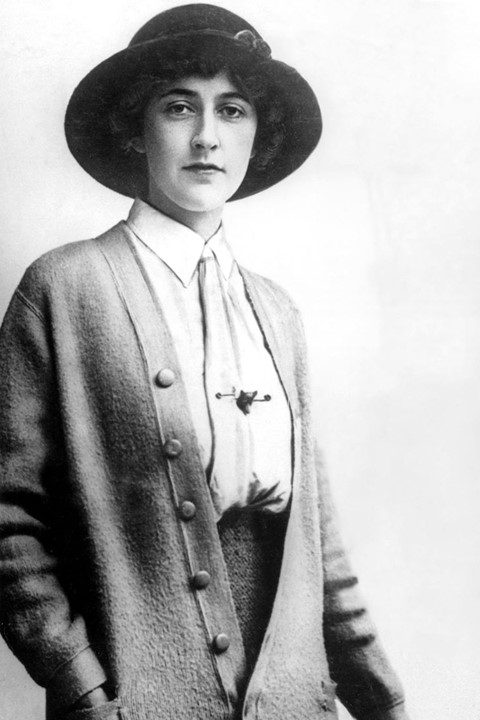
4. Her first book waited five years before publication, having been rejected by six publishers.
5. She wrote six novels under the name Mary Westmacott, one of which – Absent in the Spring – she wrote over the course of a single weekend.
6. On 13th April 1917 she qualified as a dispenser, thus acquiring her inside knowledge of poisons.
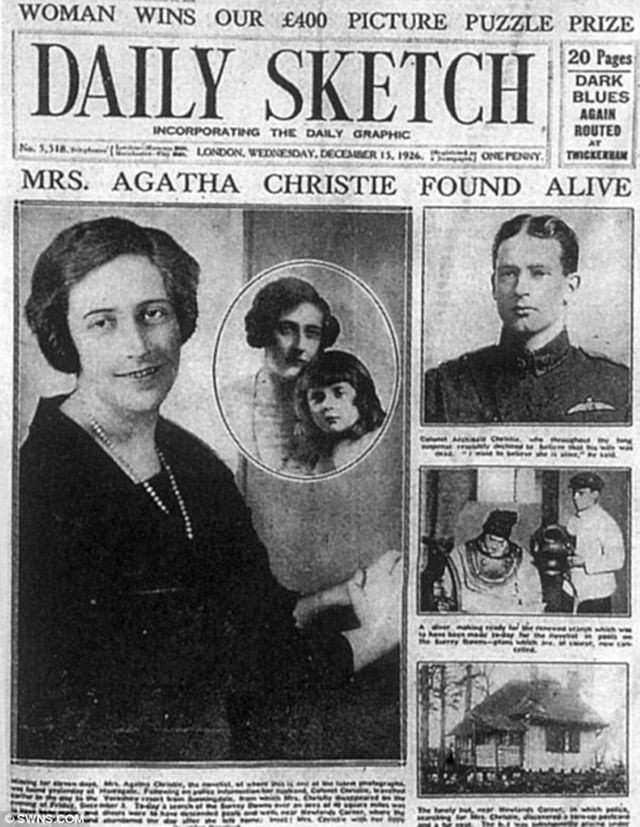
7. She married her first husband Archibald Christie in 1914 but the marriage was unhappy. She vanished in 1926, and was only found ten days later, living under an assumed name in a spa hotel in Harrogate. Her vanishment caused a media whirlwind and was front page news, and Christie herself was never able to fully explain what happened. A 2006 biography argued that the author had entered a period of out-of-body amnesia induced by stress – resulting in a sort of trance.
8. Christie was a teetotaller and non-smoker. She tried unsuccessfully to make herself like cigarettes by smoking one after lunch and one after dinner every day for six months but to no avail.
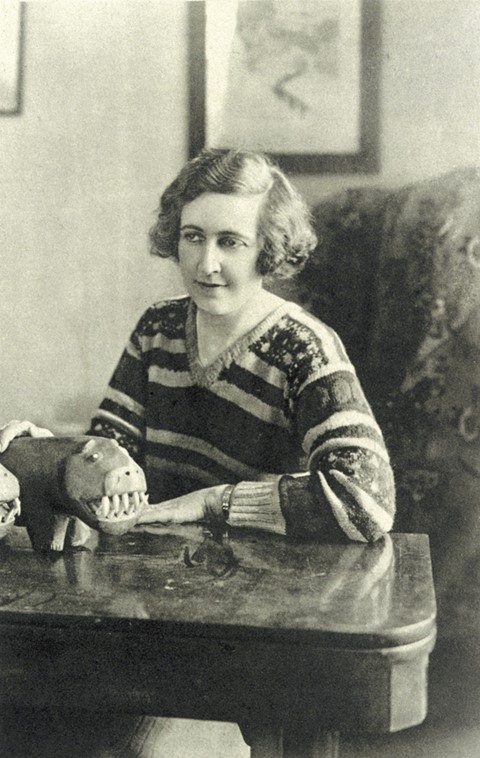
9. Christie had a lifelong interest in archaeology, and it was on a trip to the excavation site at Ur that she met her second husband, Max Mallowan, who she married in 1930. She wrote many of her novels while on digs, many of them in a specially built house called ‘Beit Agatha’. Their marriage was always happy, and it continued until Christie's death in 1976.
10. Miss Marple was modelled on her maternal grandmother.
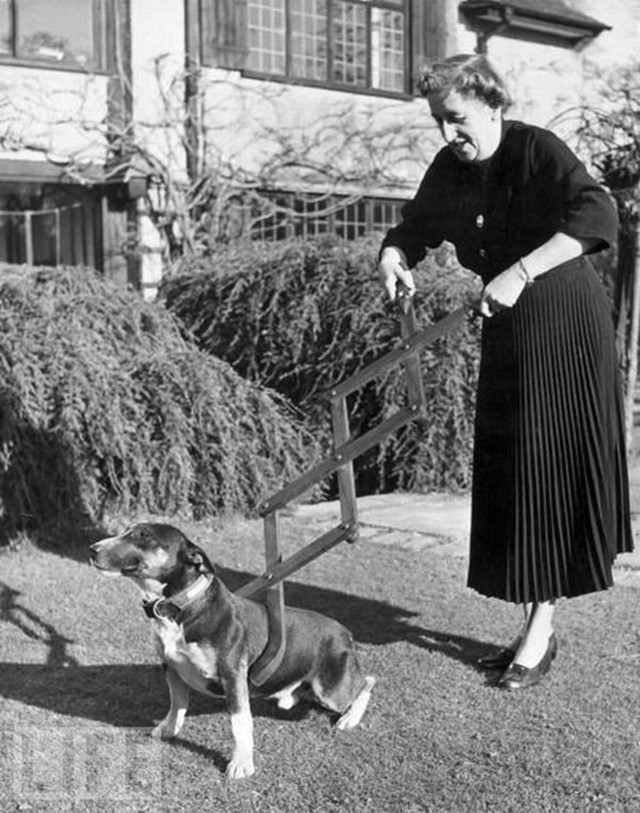
11. She was a dog lover and owned many dogs throughout her lifetime.
12. She hated marmalade pudding and cockroaches but loved the colour green and flowers – her favourite was Lily of the Valley.

13. She has a rose named after her.
14. Christie claimed to have "seen" Hercule Poirot twice in her lifetime: once lunching in the Savoy and once on a boat in the Canary Islands.
15. By 1930, Agatha Christie found Poirot "insufferable", and by 1960 described him as a "detestable, bombastic, tiresome, ego-centric little creep". But because the public loved him, Christie refused to kill him off, claiming that it was her duty to appease her readers.

16. A pile of all of the US editions of Peril at End House would stretch to the moon.
17. When he died, Hercule Poirot was given a full-page obituary in The New York Times.
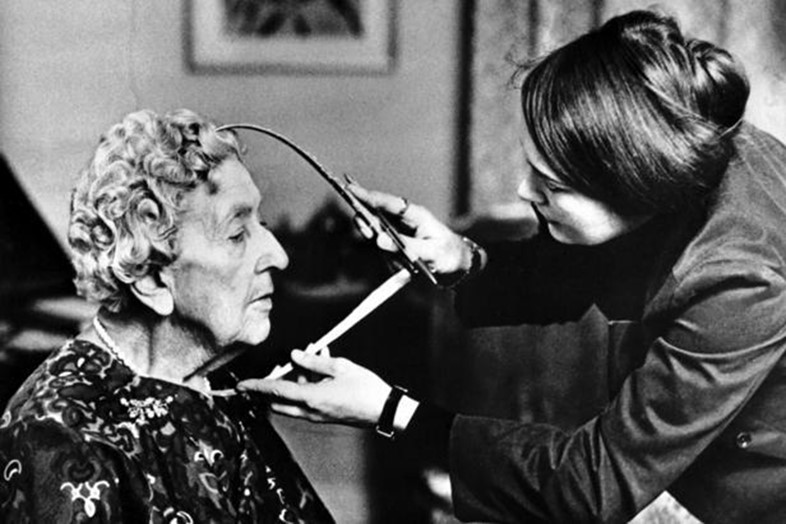
18. In 1972 Christie was immortalised in wax for Madame Tussauds.
19. On the day she died, the West End theatres dimmed their lights for an hour in her memory.
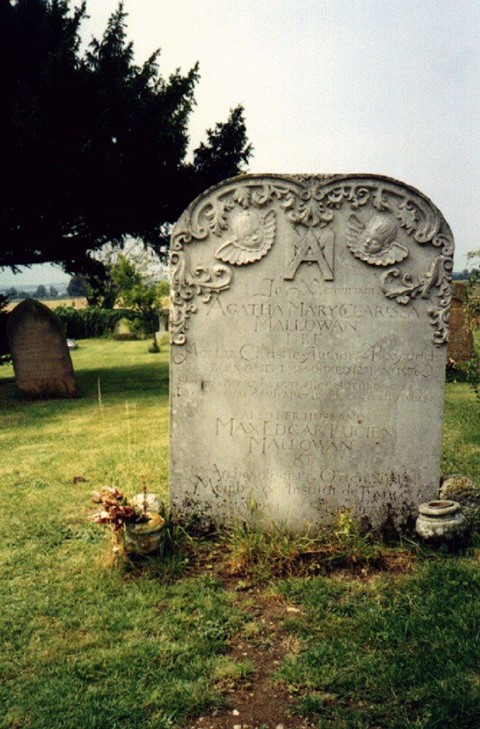
20. Christie's gravestone at St Mary’s, Cholsey, includes a quotation from Spenser’s Fairie Queen, beginning ‘sleepe after toyle, port after stormie seas’.
